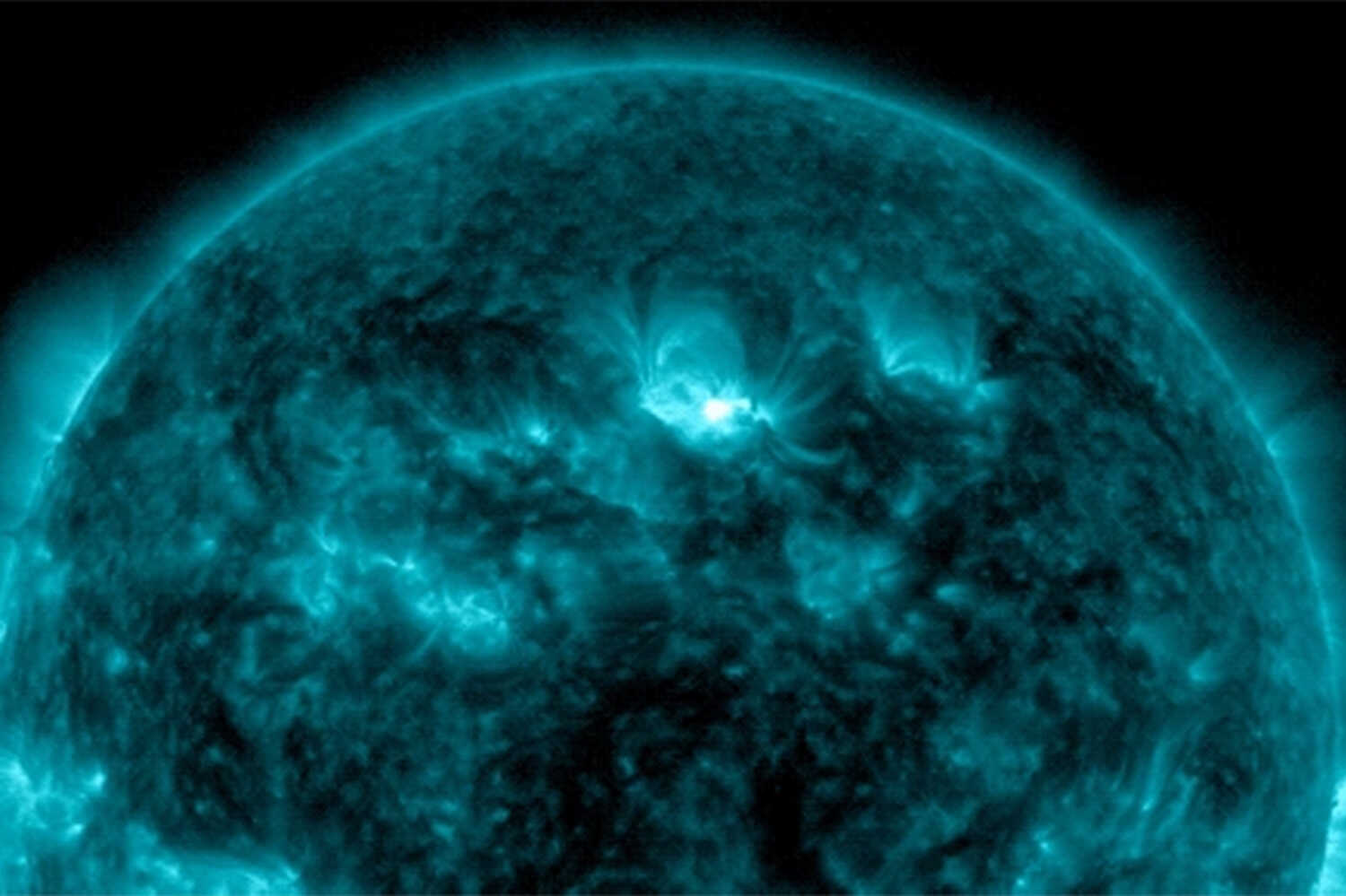Officials warned of potential blackouts or interference with navigation and communication systems this weekend, as well as northern lights as far south as Northern California or Alabama.
Dramatic blasts of particles from the surface of the sun have prompted the National Oceanic and Atmospheric Administration to issue a severe geomagnetic storm warning.
As nuclear reactions occur on the sun, it routinely expels material from its surface. This type of space weather is what creates auroras, also known as the northern and southern lights, depending on the hemisphere in which you live. During the current geomagnetic storm, the aurora or northern lights may extend as far south as Northern California or Alabama.
But when the sun’s activity increases, the emissions it sends through the solar system can affect satellites orbiting close to Earth as well as infrastructure on the ground, leading to disruptions in navigation systems, radio communications and even the power grid.
The latest eruptions were first observed early on Wednesday morning, with at least five heading in the direction of Earth. The ejected material is anticipated to reach the planet’s atmosphere by Friday afternoon or evening. Effects could continue through the weekend.
“What we’re expecting over the next couple of days should be more significant than what we’ve seen, certainly so far,” Mike Bettwy, the operations chief at NOAA’s Space Weather Prediction Center, said at a news conference on Friday morning.
How strong is the current geomagnetic storm?
Giant explosions on the surface of the sun, known as coronal mass ejections, send streams of energetic particles into space. But the sun is large, and such outbursts may not cross our planet as it travels around the star. But when these particles create a disturbance in Earth’s magnetic field, it is known as a geomagnetic storm.
